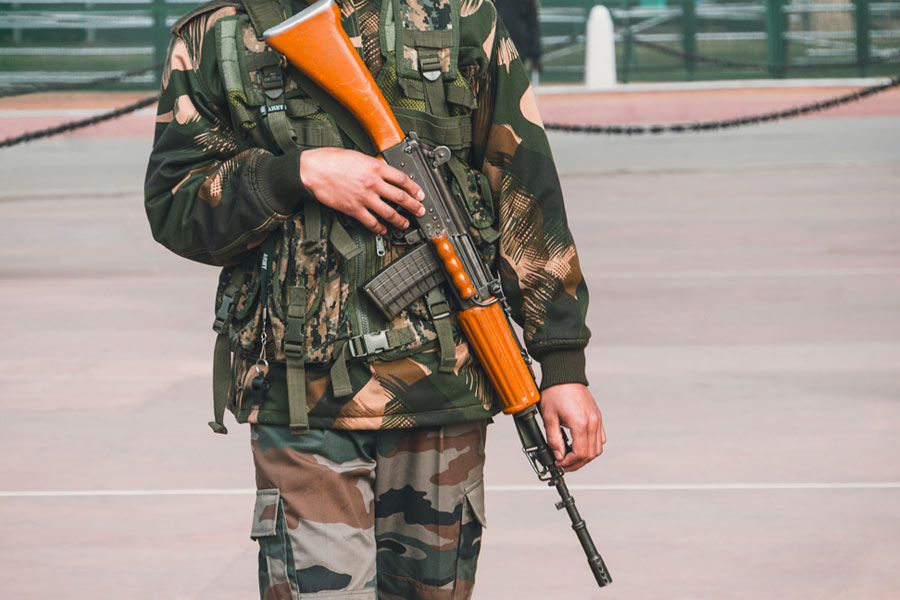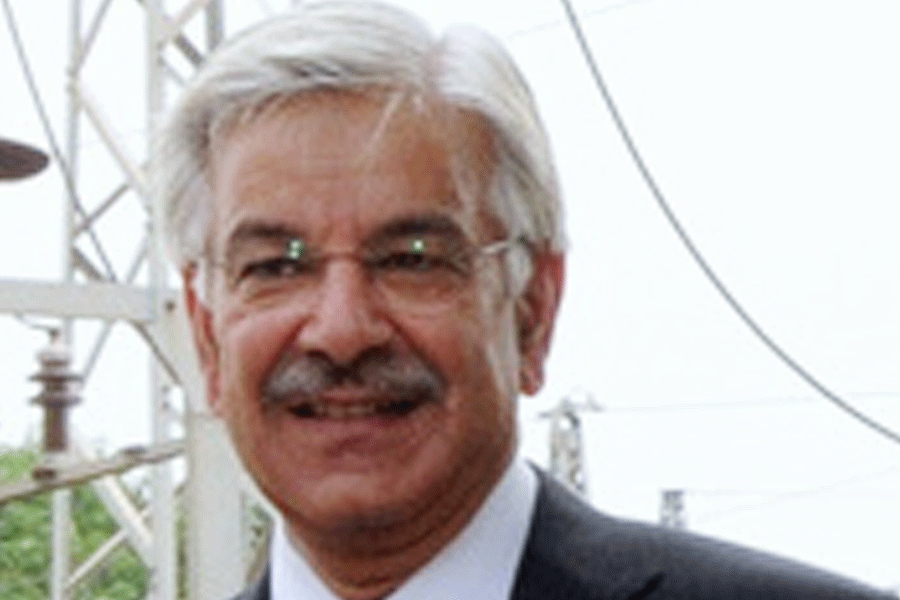|
|
Consider a common image, the story of a woman’s life. The woman is stuck at home, condemned to a life of servitude, or at least to a life in which she has few choices. She is either illiterate, or she is not given the opportunity to make use of whatever education she has. And as for those other glorious freedoms that make life a worthwhile adventure — such as the freedom to think for herself and say and write what she pleases; to live alone or to remain unmarried; to choose a husband, a lover, or several lovers — these possibilities are not even specks on the woman’s horizon.
Sadly, this story is not about some antiquated figure from the unenlightened past. The women this story is about belong to our times; they people contemporary scenarios in different communities in different parts of the world.
Then consider a radically different image, of a woman who writes poetry, who chooses not to marry, who loves as she pleases. Poets, lovers and trailblazers — we need them to show us what life can be when lived to the fullest, when lived with a certain amount of risk. Two such women, Wallada bint al-Mustakfi and Hafsa bint al-Hayy, lived in medieval Spain, in the midst of a period when Europe experienced one of its greatest moments of cultural enlightenment.
Needless to say, the times fostered a complex and sophisticated multicultural society; and the social status of women in Al-Andalus has also been a source of interest to scholars. The status of women has often been the reason scholars have described Al-Andalus as “a place apart” from medieval Europe and the eastern Muslim lands. A number of women of Islamic Spain — like their counterparts in many pre-modern Muslim societies — appear to have been active participants in political and cultural affairs. Some, especially those from the affluent class, seem to have enjoyed personal freedoms that would evoke envy in their modern counterparts. As a result, they helped shape the cosmopolitan civilization associated with the Muslims in this particular time and place in history.
Wallada bint al-Mustakfi, also known as Wallada the Umayyad, or simply Wallada, lived in Córdoba between say 1001 and 1080. She was the daughter of the caliph, but it needed a certain kind of society to ensure that she would inherit her father’s wealth, and style herself as the reigning debutante of Córdoba. She hosted salons for poets, musicians and artists, both men and women, many centuries before France’s legendary Madame de Rambouillet held sway over her literary salon. Wallada gathered around her the finest poets and musicians of Al-Andalus, who would sit around her on cushions and rugs, improvising ballads and epic sagas to the sound of the lute and zither. She was herself a poet, writing in Arabic. Most of all, she was a free spirit, choosing to remain unmarried though she had several lovers. She conducted a very public love affair with the poet Ibn Zaydun. (Although Ibn Zaydun was a leading figure in the courts of Córdoba and Seville, he was most famous among the people of his day because of his scandalous love affair with Princess Wallada.) Wallada also challenged certain upper class social conventions, such as veiling. In fact, she was known for the embroidered words she flaunted on the sleeves of her robes. One such sleeve proclaimed, “I am fit for high positions, by God, and go on my way with pride.” On another robe, the embroidery said, “I allow my lover to touch my cheek, and bestow my kiss on him who craves it.”
Only nine of Wallada’s poems have survived; five of these are satirical, even caustic. The best lines were written for the love of her life, Ibn Zaydun, but they were not all loving. Their affair was a stormy and controversial one, and some of her harshest satire was addressed to him. But even today, this unconventional couple is remembered as “los enamorados” —for instance, through a sculpture in a Córdoba plaza near its old medieval walls. The sculpture is of a pair of hands; each hand seems to be reaching yearningly towards the other.
Hafsa bint al-Hayy, more commonly known as Al-Rakuniyya, was born in Granada around 1135 and died in Marrakech around 1191. Like her Córdoban predecessor, Wallada, Hafsa belonged to the upper class —she was the daughter of a Berber nobleman in Granada and she received a superior education. Again, like Wallada, she was a poet and the lover of a poet; and many of her poems take the form of a dialogue with him. For example, she writes to her lover, Abu Jafar Ibn Said: “Will you come to me or I to you?/ My heart will go where you wish./ You will not thirst if you ask me to come, nor will the sun burn you./ My lips are a clear, sweet spring; the branches of my hair cast deep shadow....” There was no coyness or fear of convention in her expression of love. In reply, her lover says, “If I can find a way, I will go to you./ You are too important to come to me./ The garden does not move, but receives the soft puff of the breeze.” Jafar’s implication that the garden delighted in the lovers’ rendezvous through its scents and sounds evokes a sceptical response in Hafsa. Maybe the garden acts out of envy, she says, not admiration.
Though a few of the 19 known poems by Hafsa are satirical or are panegyrics, most of her work consisted of love poems. But like Wallada’s love story, Hafsa’s too did not run a smooth course. Her lover, Jafar, was secretary to the governor and patron of poets, Abu Said Uthman, who too was enamoured of Hafsa. Uthman had Jafar killed. Though it was dangerous, Hafsa expressed her grief openly: “They threaten me for mourning a lover they killed by sword./ May God be merciful to one generous with her tears/ or to her who cries for one killed by his rivals,/ and may the afternoon clouds so generously drench the land wherever she may go.” Most striking was what she did with her life after her lover’s death. She retired from the glittering life of the court she was familiar with, and made a career change from poetry to teaching. In later life, she moved to Marrakech because she was hired by the caliph, Yaqub al-Mansur, to educate his daughters.
Wallada and Hafsa, along with Hafsa’s contemporary in Granada, Nazhun bint al-Qilai, were among the most celebrated Andalusian women poets of their times. Their poetry celebrates for us the rich, if tumultuous, lives they could choose to lead because of the personal freedoms they enjoyed. Moreover, their lives celebrate the possibilities of the tolerance and sophistication that should be the hallmark of a truly multi-cultural society. And in the face of the numerous old prejudices that are being reinforced in the present day, the lives and works of these women remind us that such possibilities are not confined to a gender, or a community, or a part of the world.











